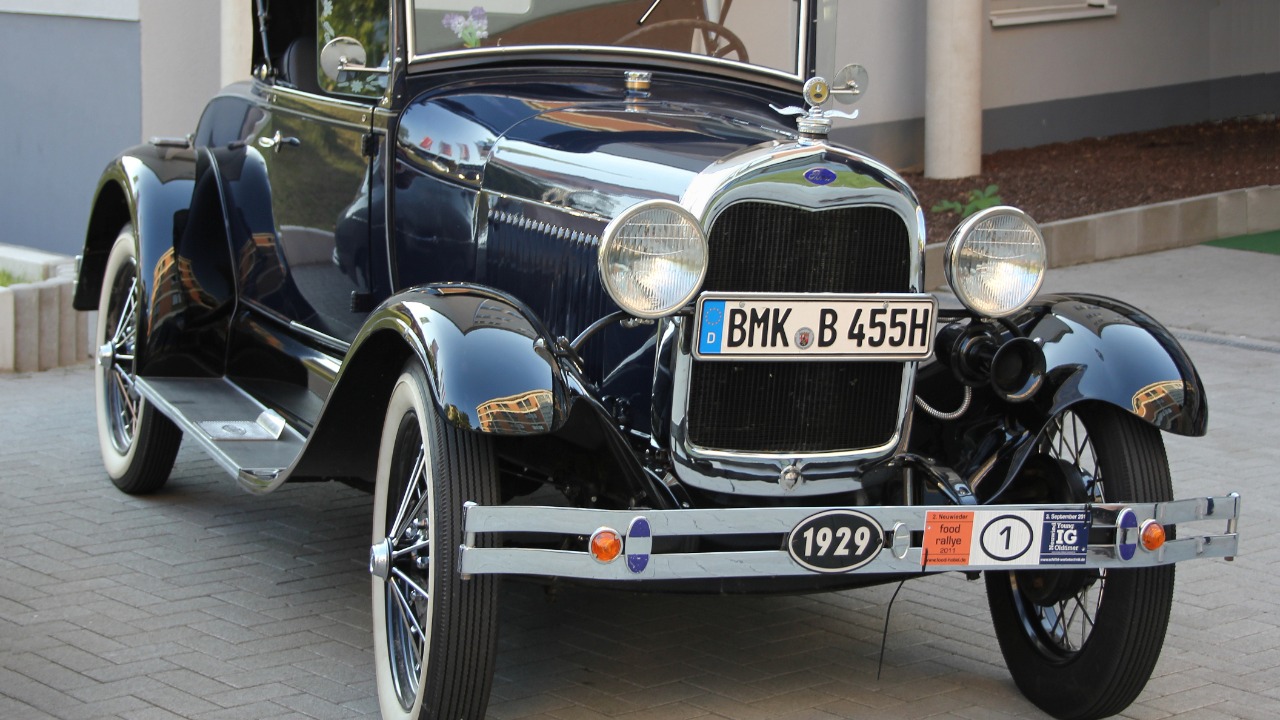
Rebranding a car company is a significant undertaking, requiring careful strategy and execution. However, not all attempts hit the mark. Some rebrands fail to resonate with consumers, while others create confusion or even damage the brand’s reputation. Here are eight of the most notorious car company rebrand missteps.
The Chrysler Rebrand Debacle
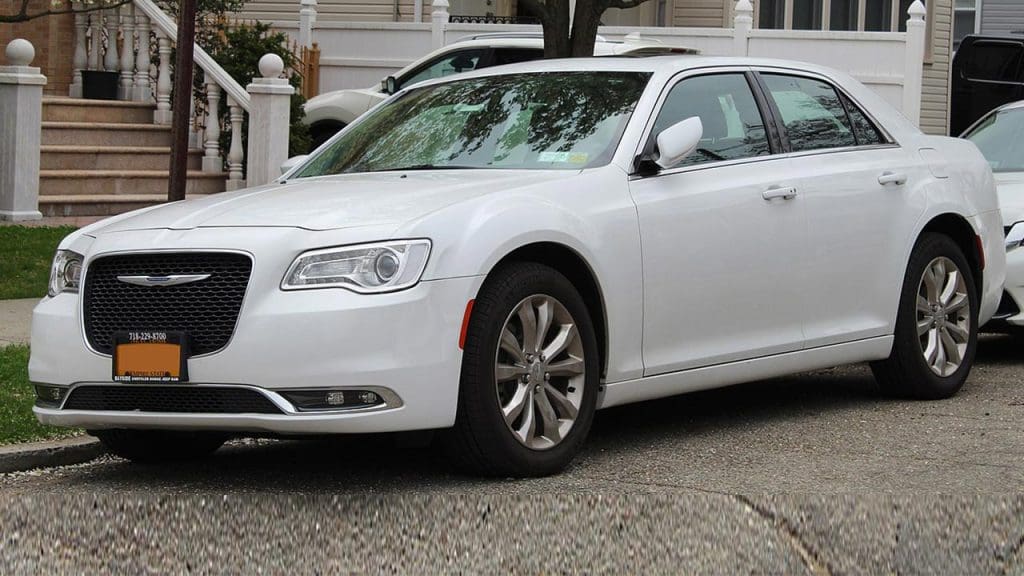
Chrysler’s attempt to revamp its image in the late 2000s was less than successful. The company tried to shed its stodgy reputation by introducing new models and a revamped logo. Unfortunately, the rebrand coincided with the economic downturn, leading to plummeting sales and a government bailout. The new image failed to resonate with consumers, and the brand struggled to regain its former glory.
Ford’s Ill-Fated Edsel Launch
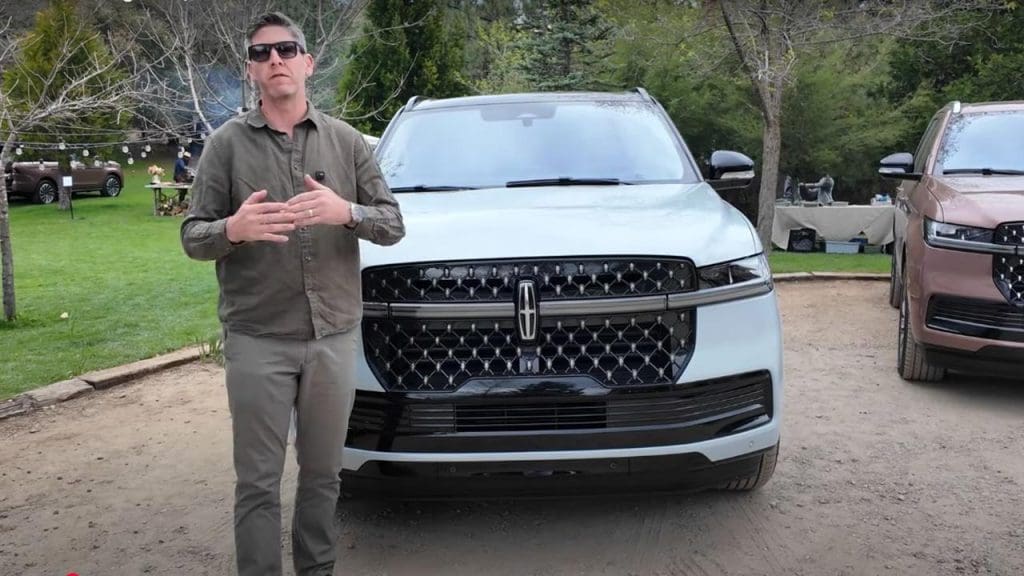
In the late 1950s, Ford introduced the Edsel, a brand that aimed to fill the gap between its Ford and Lincoln lines. The launch was a colossal failure, as the car’s design and marketing did not appeal to consumers. The Edsel became synonymous with failure, and Ford quickly discontinued the brand. The Edsel’s failure serves as a cautionary tale for automakers attempting to create new brands.
The New Coke of Cars: Infiniti’s Early Identity Struggles
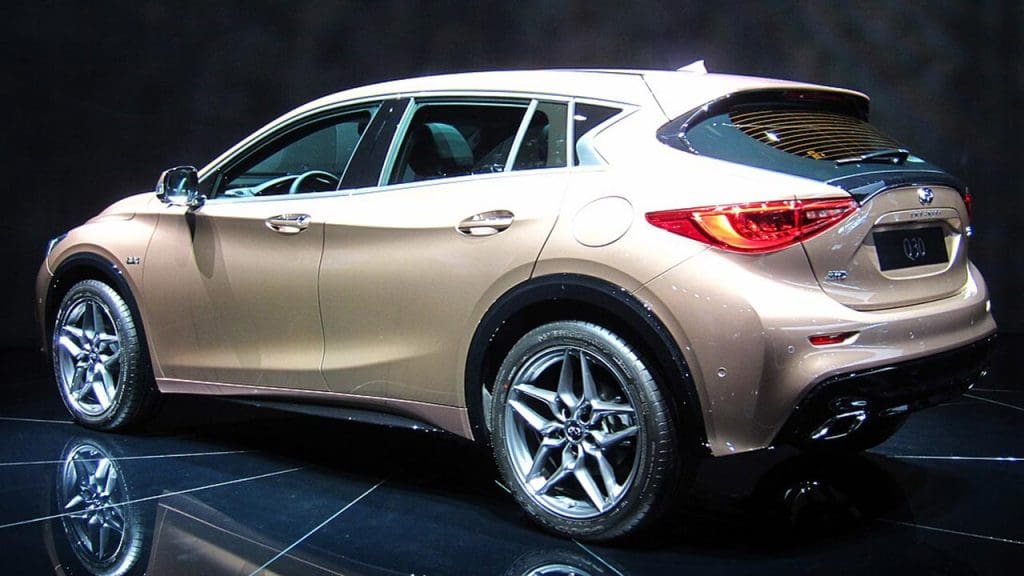
Infiniti, Nissan’s luxury brand, struggled with its identity from the outset. Launched in 1989, Infiniti aimed to compete with established luxury brands but failed to clearly define its niche. The early marketing campaigns were confusing, and sales lagged behind expectations. Over time, Infiniti managed to refine its image, but the initial rebrand left a lasting impression of uncertainty.
Fiat’s American Misstep
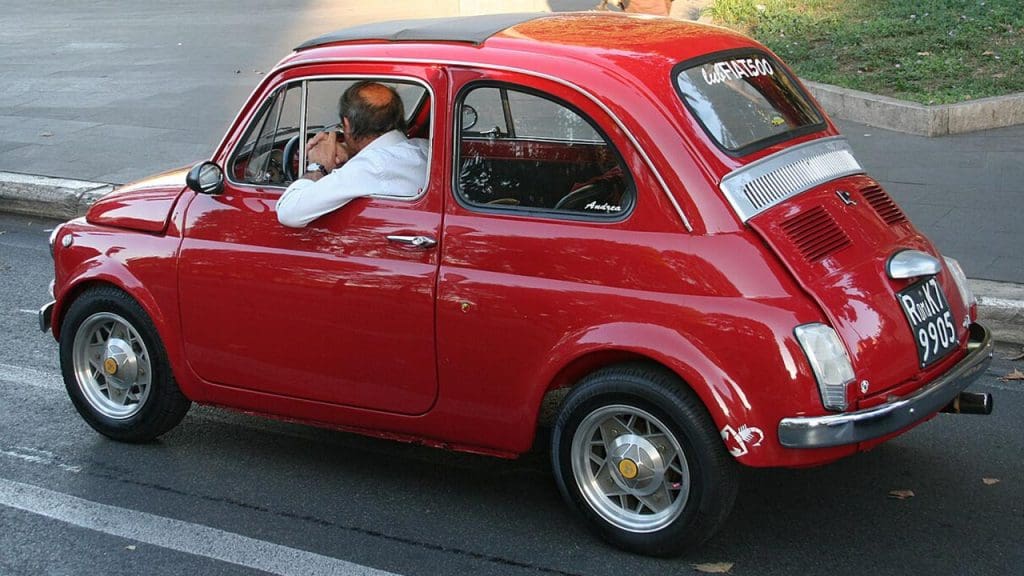
Fiat’s return to the American market in 2011 was intended to rejuvenate the brand’s image. However, the strategy backfired as the cars were perceived as too small and impractical for American consumers. The rebrand failed to gain traction, and Fiat’s market share in the U.S. remains limited. Fiat’s misstep highlights the challenges of rebranding in a new market.
The Renault-Nissan-Mitsubishi Alliance Confusion
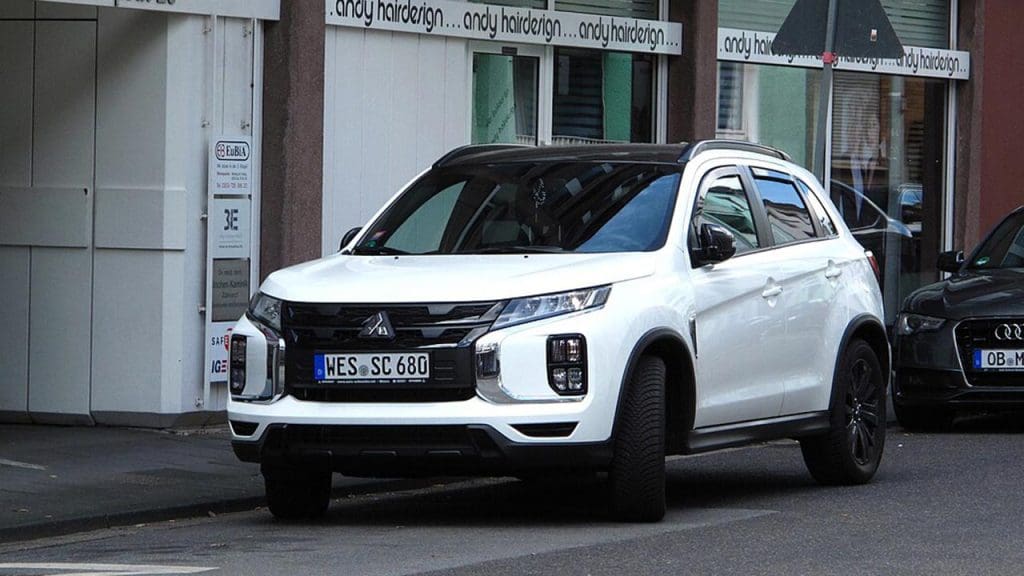
Formed in 1999, the Renault-Nissan-Mitsubishi Alliance aimed to create synergies and streamline operations. However, the rebrand led to confusion among consumers and internal conflicts. The alliance struggled with governance issues and differences in corporate culture, leading to a lack of coherent brand identity. The confusion surrounding this alliance underscores the difficulties of merging different brands under one umbrella.
General Motors’ Saturn Experiment

General Motors launched Saturn in the 1980s to compete with Japanese automakers. Initially, Saturn was successful, known for its no-haggle pricing and customer service. However, GM’s decision to integrate Saturn into its existing operations diluted its unique brand identity. By 2009, Saturn was discontinued, demonstrating the pitfalls of failing to maintain a brand’s original promise.
Volkswagen’s Dieselgate Rebrand Disaster

Volkswagen’s Dieselgate scandal in 2015 severely damaged the brand’s reputation. The company attempted a rebrand focusing on electric vehicles and sustainability to restore trust. However, the shadow of the scandal lingered, making it difficult for Volkswagen to fully recover its image. The Dieselgate disaster serves as a reminder of the long-lasting effects of a tarnished reputation.
The Short-lived Revival of the Datsun Brand
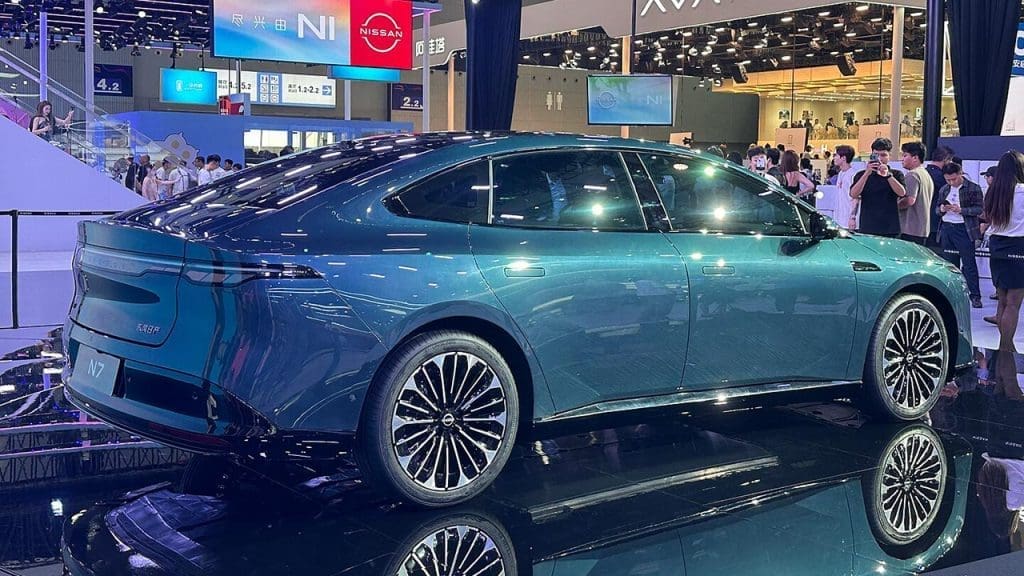
Nissan attempted to revive the Datsun brand in 2013 to target emerging markets, but the rebrand did not gain the expected momentum. The vehicles were perceived as low-cost and low-quality, which did not align with consumers’ expectations. By 2020, Nissan announced plans to phase out the Datsun brand, marking the end of a short-lived revival.